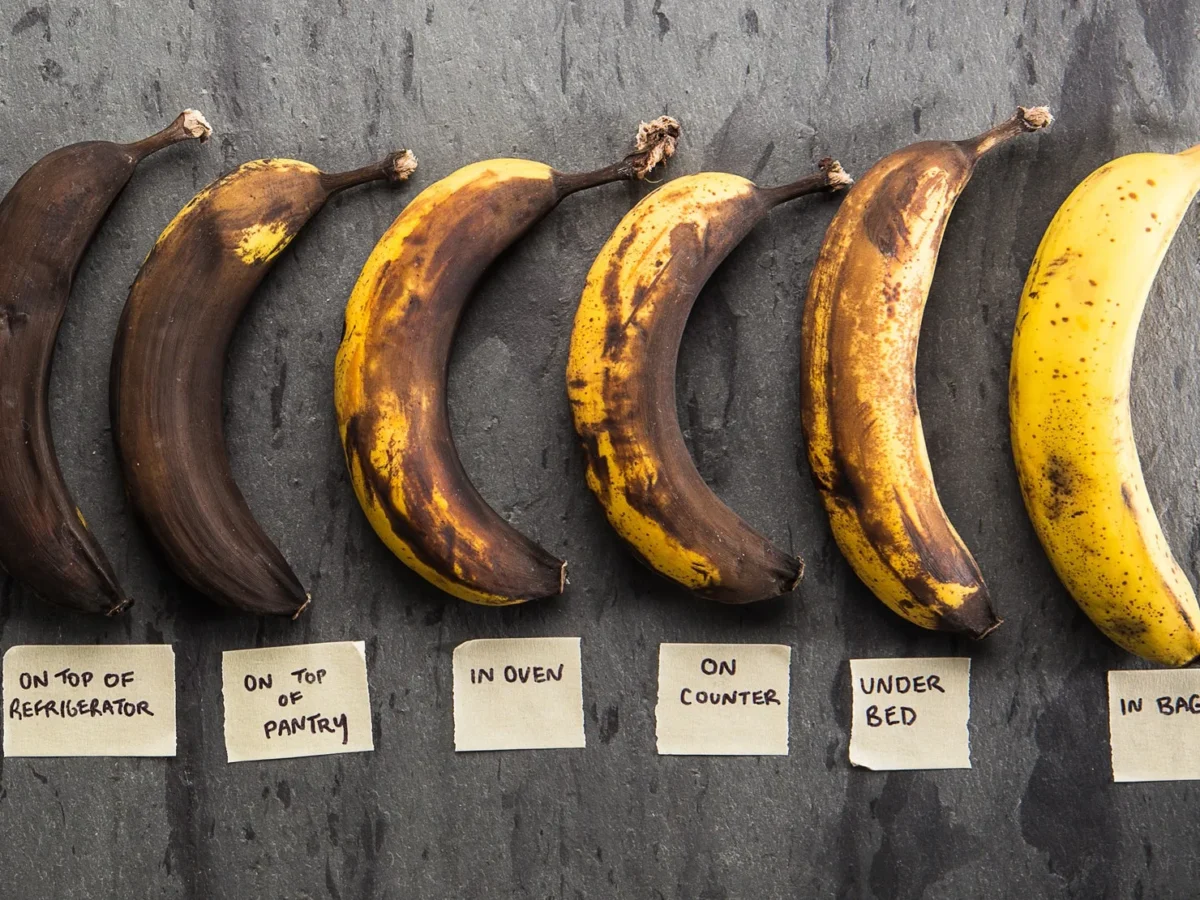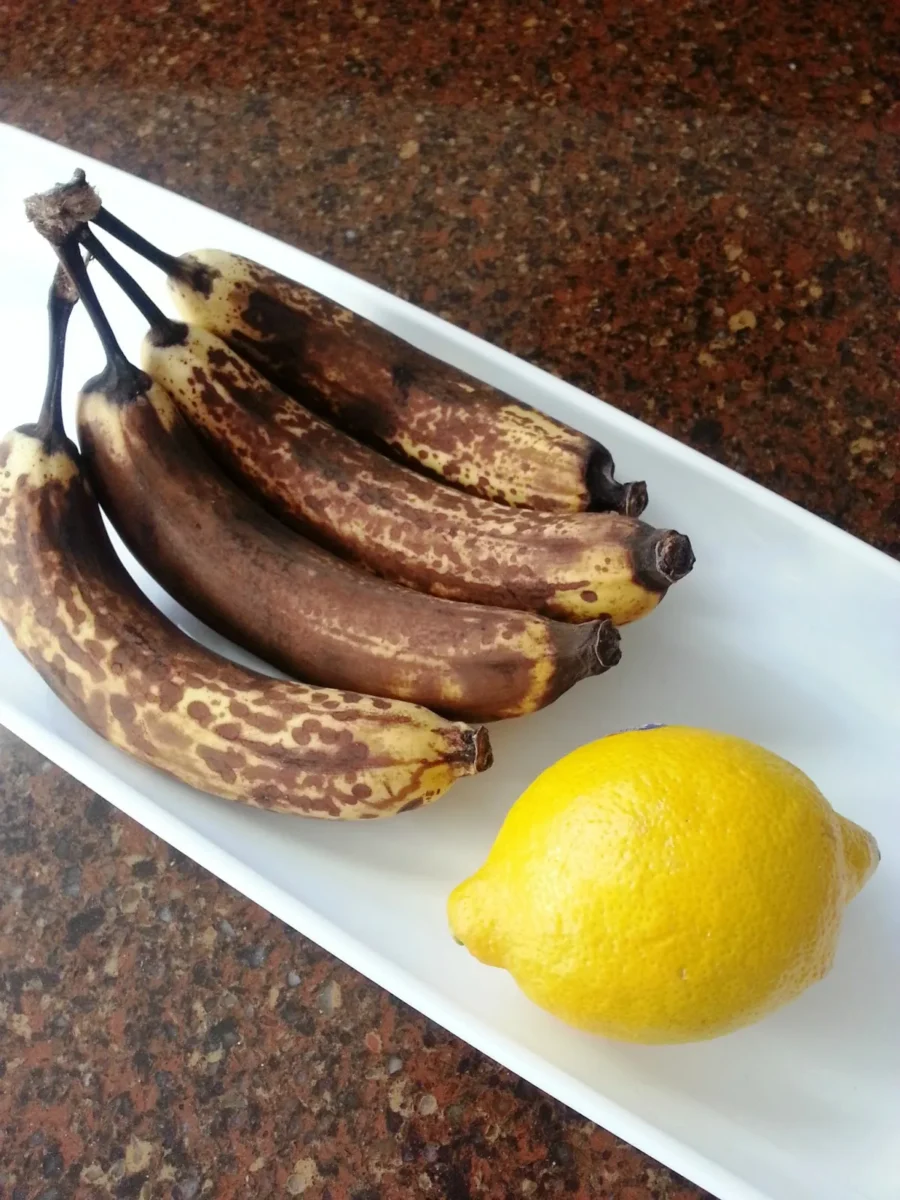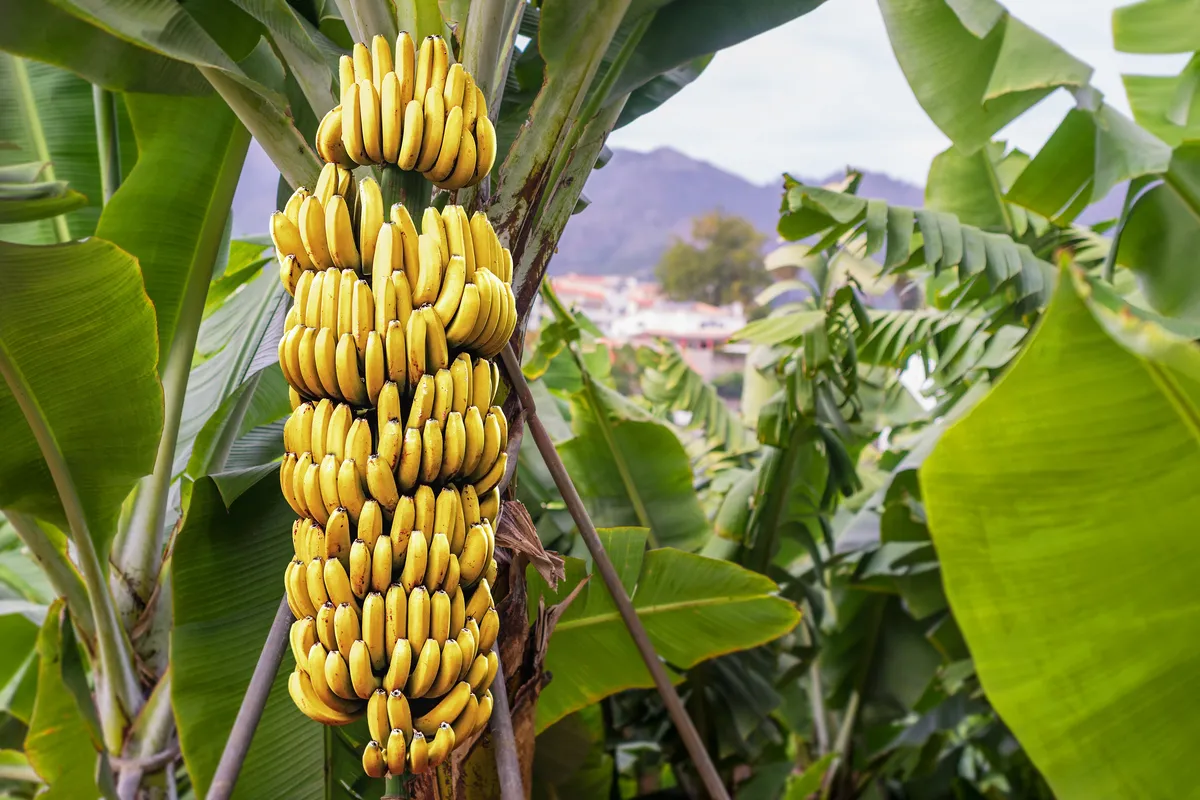The Ultimate Guide to Watering Banana Trees: How Much Water Do They Really Need?
Banana trees are fascinating plants that have been cultivated for thousands of years for their delicious and nutrient-rich fruit. One of the most important factors in growing healthy banana trees is providing them with the right amount of water. But how much water do banana trees actually need?

In this article, we’ll cover all the basics of banana tree watering, from an introduction to the plant and its unique needs, to the factors that affect how much water it requires. We’ll also explore the signs of overwatering and underwatering banana trees, and provide useful tips to help you get your watering schedule just right.
If you’re looking to learn more about growing bananas, or just want to improve your green thumb, keep reading to discover everything you need to know about the water needs of banana trees.
An Introduction to Banana Trees and Their Water Needs.

Banana trees are fascinating plants that provide a source of delicious and nutritious fruit. However, many people are unaware of the unique water needs of these trees.
Banana trees require a consistently moist soil environment to thrive. This means that they need regular watering, especially during dry periods. However, overwatering can also be detrimental to the health of the tree, as it can lead to root rot and other issues.
To determine when to water your banana tree, it is important to monitor the moisture levels in the soil. One way to do this is by sticking your finger into the soil up to your second knuckle – if it feels dry at this depth, then it’s time to water.
In addition to regular watering, banana trees also benefit from mulching around their base. This helps retain moisture in the soil and provides nutrients as well.
Overall, understanding the water needs of banana trees is essential for their growth and productivity. With proper care and attention paid towards watering habits, you can enjoy healthy banana plants that produce abundant fruit year after year.
Factors that impact how much water banana trees need include.
Banana trees are a staple in many tropical regions, providing an abundance of nutritious fruit. However, the amount of water needed to grow healthy banana trees can vary depending on several factors.
One crucial factor is the climate in which the tree is growing. In hotter and drier climates, banana trees need more frequent watering than in cooler and wetter regions.
The soil type also plays an important role in determining how much water a banana tree needs. Sandy soils tend to dry out quickly, requiring more frequent watering than clay soils that retain moisture for longer periods.
The stage of growth of the banana plant also affects its water requirements. Young plants require more frequent watering than mature plants because their root systems are not yet fully established.
Another key factor is the size and density of the banana plantation itself. If planted close together, each individual tree will compete for water with other trees nearby, leading to increased water needs overall.

Finally, any pests or diseases affecting the tree can affect its water requirements as well. Infected or damaged roots may require extra watering to compensate for their reduced ability to absorb moisture from the soil.
Understanding these various factors and adjusting irrigation accordingly can help ensure healthy growth and maximum yield from your banana plantation. By staying informed about how much water your bananas need, you can optimize their growth while conserving resources at the same time!
Signs of overwatering and under-watering banana trees.
Banana trees, with their lush green leaves and delicious fruit, are a staple in many tropical regions. However, they can be quite finicky when it comes to watering. Overwatering and underwatering are common mistakes that can cause serious damage to banana trees.
The signs of overwatering include yellowed or wilted leaves, moldy soil or trunk rot, and stunted growth. In severe cases, the roots may become waterlogged and unable to absorb nutrients properly.
On the other hand, underwatering banana trees can lead to dry soil that is unable to support root growth. This results in shriveled or brown leaves and a lack of fruit production.
To prevent these issues from occurring, it’s important to monitor your banana tree’s watering needs closely. A good rule of thumb is to water deeply once a week during the growing season (spring-summer) or every 2 weeks during the dormant season (fall-winter).

The Ultimate Guide to Knowing When Your Banana Bread is Done: Tips and Tricks for Perfect Baking! »
If you suspect your banana tree is overwatered or underwatered, it’s best to adjust your watering schedule accordingly. You may also need to repot your tree using a well-draining soil mixture.
By being aware of the signs of overwatering and underwatering in banana trees, you can ensure that yours remain healthy and productive for years to come.
Tips for Properly Watering Banana Trees.
Properly watering banana trees is essential for their growth and productivity. These tropical plants require a steady supply of water to thrive, but overwatering can be just as detrimental as underwatering.
One key tip is to ensure that the soil around the banana tree remains consistently moist, but not waterlogged. This can be achieved by watering deeply and infrequently, rather than lightly and frequently. Additionally, it’s important to avoid getting water on the leaves of the plant, as this can lead to fungal growth and other diseases.
Another important factor to consider is the climate in which your banana tree is growing. In hot and dry conditions, you may need to water more frequently than in cooler or more humid environments.
Furthermore, it’s crucial to pay attention to any signs that your banana tree may be receiving too much or too little water. Wilting or yellowing leaves can indicate underwatering, while mushy roots or an overly damp soil surface may suggest overwatering.
By following these tips for properly watering your banana trees, you’ll be well on your way towards a healthy and fruitful harvest.
Conclusion and key takeaways.
In conclusion, there is much to learn about the humble banana. From its origins in Southeast Asia to its widespread cultivation and consumption worldwide, this fruit has played a significant role in human history and nutrition.
Key takeaways from this article include the many health benefits of bananas, such as their high levels of potassium and fiber. Additionally, we have explored the different varieties of bananas available and how they can be used in cooking.

It is clear that there is much more to discover about bananas and their potential uses. As research continues into this fascinating fruit, we can expect to see new applications for it in fields such as medicine and agriculture.
Overall, it is important for anyone interested in nutrition or food science to understand the many benefits of bananas. Whether you are looking for a healthy snack or an ingredient for your next recipe, this versatile fruit has something to offer everyone.
Check out our other articles to find out even more about banana.
Banana trees are an interesting and unique species of plants that require a specific amount of water in order to thrive. Understanding the factors that can impact how much water they need, as well as signs of overwatering or underwatering, is important when it comes to ensuring a healthy banana tree. If you found this article helpful and want to learn even more about banana care and maintenance, check out our other articles!










